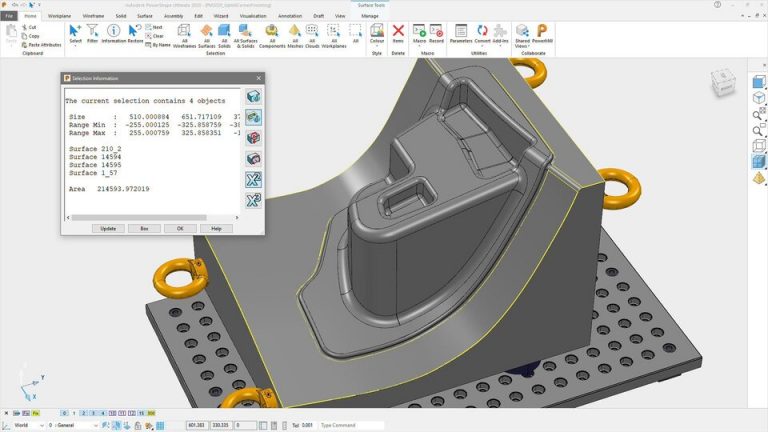


In the UK, new regulations require that new homes and buildings must produce 30% less carbon emissions. Currently, about 35% of the EU’s buildings are more than 50 years old and almost 75% of building stock is energy inefficient. The European Union is planning to introduce a regulation requiring worst-performing buildings to be renovated in order to double the rate of buildings renovation in the next 10 years. The United States’ Inflation Reduction Act (IRA), the largest federal climate investment in US history, allocates an estimated $362 million for a commercial energy efficiency tax deduction and another $4.5 billion toward measuring embodied carbon in construction materials and installing low-carbon products in public infrastructure and federal government buildings. In North America, the Government of Cana da enshrined in legislation its commitment to achieve net-zero emissions by 2050, w hich means policies will be put in place to decarbonize the operations of government-owned property, mobility, and other programs. I t’s no surprise that search engine trends related to architecture, urban planning, and sustainability are increasing–for example, in Germany t here’s been a reported 40% increase. Architects have a vital role to play in d elivering on sustainability targets. Rising energy costs mean energy efficiency, fast tracking the energy transition, and decarbonization will become more prioritized. Governments all around the world are taking more regulatory action to accelerate meeting sustainability goals and lowering carbon emissions.

T hink more irregular-shaped architecture or mixed-density blocks. This leads to new typologies at all scales, from an individual building to a neighborhood, and new ways of making buildings and cities, affecting both the process and the outcome. This is also where vernacular architecture could potentially inspire exciting new local strategies needed in the face of climate change, from preparing for heatwaves–high global temperatures are forecasted again this year–to building with bio-based materials. Offering valuable early insights, data-driven analyses such as Spacemaker’s (pictured) help architects make informed decisions about building performance when it‘s most impactful.


 0 kommentar(er)
0 kommentar(er)
